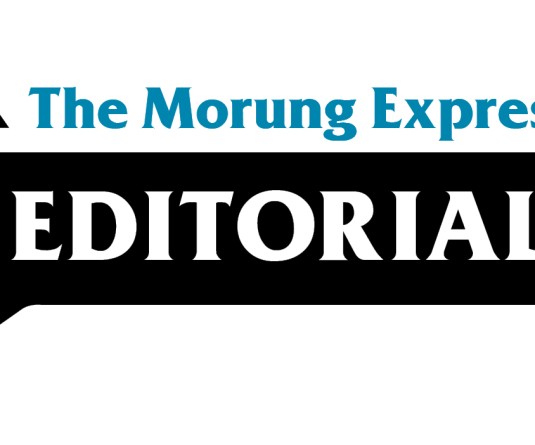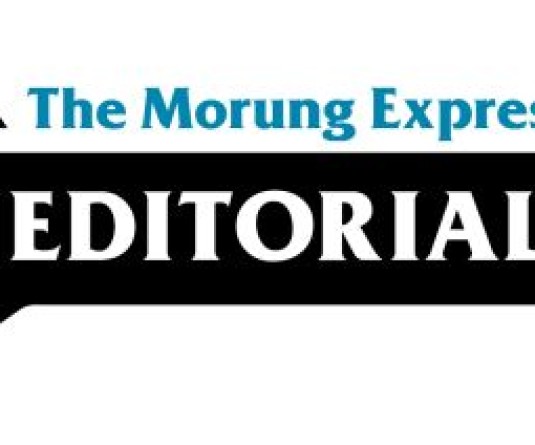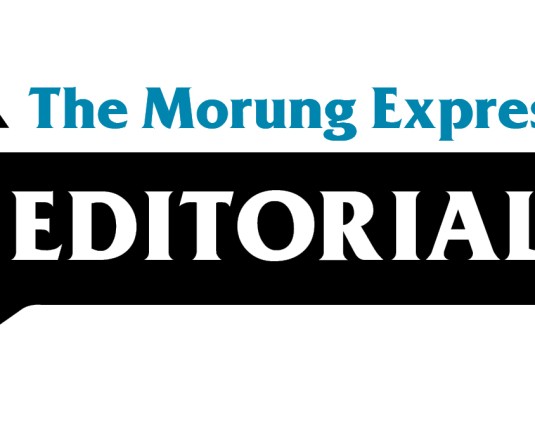
By - Moa Jamir
In the realm of fairy tales, the “magic mirror” was often used as metaphor for revealing truths, hidden flaws, or deeper realities beyond surface appearances. In the Naga political context, it could symbolise how different groups view themselves as “fairer” than others, each gazing into the mirror and believing it affirms their own version of the truth.
The latest back-and-forth between the NSCN (IM) and the Working Committee, Naga National Political Groups (WC, NNPGs), sparked by the NSCN (IM)’s August 3 reaffirmation of the Framework Agreement (FA) and the WC’s August 10 rebuttal defending the Agreed Position (AP), is a case in point. It also puts the spotlight on a long-standing ailment in the Naga peace process: the messiah complex or broadly, the belief that only one can save or redeem a people, which practically limits the scope for cooperation and shared ownership of a solution.
On August 3, NSCN (IM) Chairman described the FA as India’s “formal recognition of Naga sovereign rights,” cautioning that any dilution would be a betrayal. He ruled out working with the WC, NNPGs, calling such cooperation “a dangerous proposition” and maintaining that the FA and AP are “poles apart.”
On August 10, the WC, NNPGs responded, declaring the AP to be superior and describing the FA as a “secret agenda” confined to a few. It accused the NSCN (IM) of political missteps, failing to disclose key details, and pursuing objectives that would not withstand public scrutiny. The AP, it maintained, is a “clear roadmap” shaped through consultations and grounded in contemporary realities. This exchange has left little space for overlap. Both sides claim authenticity, both cast doubt on the other’s motives, and both present their respective agreement as the definitive framework for an acceptable solution.
It is in this climate that the June 25 Medziphema convergence, involving Naga Political Groups, Tribal Hohos, and the Forum for Naga Reconciliation, becomes an important reference point. That gathering emphasised humility, trust-building, and “lifting one another up,” resolving to create a common platform and pursue an inclusive journey. It must be also noted resolve to launch common journey to build ‘The Naga Bridge’ was culmination of years of hard works.
Yet, barely six weeks later, the discourse seems dominated again by assertions and counter-assertions. The question then arises: what happened to the June 25 spirit? Was it a genuine shift towards unity or simply a pause before returning to entrenched positions? A further question is whether the Government of India is deliberately adopting a familiar tactic to “wear down” movements over time by allowing internal divisions to deepen. This approach, seen in other political negotiations, prolongs the process, tests the patience of stakeholders, and can shift the balance of public sentiment.
The only substantial disclosure in the latest round of ‘one-upmanship’ is the acknowledgement of the ‘Common Draft,’ reportedly a Government of India initiative for an “inclusive Naga solution.” Any convergence achieved so far on the draft, however, appears to be in jeopardy if viewed through the prism of the current rhetoric. It further makes clear that the GoI will sign a single, common agreement rather than separate ones.
The Naga political journey, thus, cannot be fulfilled with such complex and demands collective stewardship, mutual recognition, and the capacity to move beyond competing claims of singular legitimacy. The mirror’s true reflection will not be of the “fairest” or “strongest,” but of all willing to stand together for ‘one common Machan (platform).’
For any feedback, drop a line to jamir.moa@gmail.com





